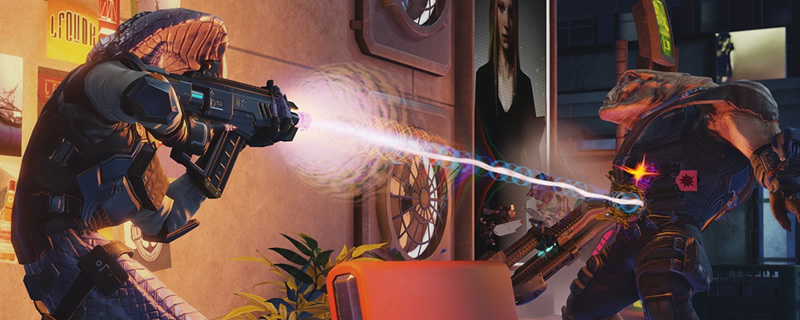XCOM: Chimera Squad PC Performance Review and Optimisation Guide
Conclusion
XCOM: Chimera Squad was a surprise for everyone. The game was announced and released within less than two weeks, and so far the game has been well received by the franchise’s fanbase.Â
Remember that XCOM: Chimera Squad isn’t a successor to XCOM 2, it’s a spin-off. At its core, Chimera Squad may offer the same kind of gameplay as before, turn-based tactical combat with some extra strategic layers within the game’s overworld. That said, Firaxis has done more than enough to rework the XCOM formula to deliver an entirely different gameplay experience.Â
XCOM: Chimera Squad is basically XCOM: SWAT Team, allowing players to control a strike team that’s made of human, alien and hybrid agents to take down the criminal underworld of City 31 and restore order to XCOM 2’s liberated Earth. Some missions are split into multiple segments using the game’s new Breach mechanic, which allows Chimera Squad to enter buildings through several potential entry points to get the drop on the enemies inside. Non-lethal takedowns are encouraged, and you can’t afford to let squadmates die.Â
Gameplay-wise, XCOM: Chimera Squad offers games a very different take on the XCOM Genre, but technically, the game is very similar to the game that preceded it, XCOM 2. Graphically, both games look very similar, so much so that the game’s graphical options menus are almost identical.Â
The good news about XCOM: Chimera Squad’s technical similarities fo XCOM 2 is obvious. Players of XCOM 2 will be able to run Chimera Squad with relative ease on PC. Hardware has evolved a lot since the release of XCOM 2, which means that Chimera Squad can run using maxed out settings with relative ease on modest hardware. That’s great news for users of older gaming PCs and gaming laptops.Â
The problems with XCOM: Chimera Squad’s lack of technical evolution are also apparent, something which is most visible with the game’s choice of Anti-Aliasing method, FXAA. FXAA is the strongest form of AA that Chimera Squad offers, removing the MSAA options that XCOM 2 featured. It would have been nice to see Firaxis add support for TAA or retain MSAA support with this release, as the game’s FXAA isn’t strong enough to remove all jaggies from the game, even at 4K.Â
CPU-wise, Chimera Squad can run well on most modern PCs, though we noted some minor framerate stutters during gameplay. These aren’t a huge problem for a turn-based tactics game and are difficult to spot in most circumstances. Even so, this shows that some work could be done to XCOM: Chimera Squad on the CPU-side. This game can become severely CPU-limited with some hardware configurations.Â
Those who want more performance from XCOM: Chimera Squad should first lower the game’s Ambient Occlusion settings and the lower the game’s Depth of Field setting from Bokeh to Simple. These changes will significantly boost your framerates in GPU-limited scenarios and have more impact than all other settings changes that can be made within the game.Â
In all, XCOM: Chimera Squad is a game that runs well, on most hardware and offers games with enough new content to be worth its low asking price. Even so, it would have been nice to see Firaxis do a little more to add to XCOM 2’s graphics pipeline, especially when it comes to Anti-Aliasing. That said, XCOM@: Chimera Squad’s technical problems are all minor, and shouldn’t stop you from purchasing the game.Â
You can join the discussion on XCOM: Chimera Squad’s PC performance on the OC3D Forums.Â



